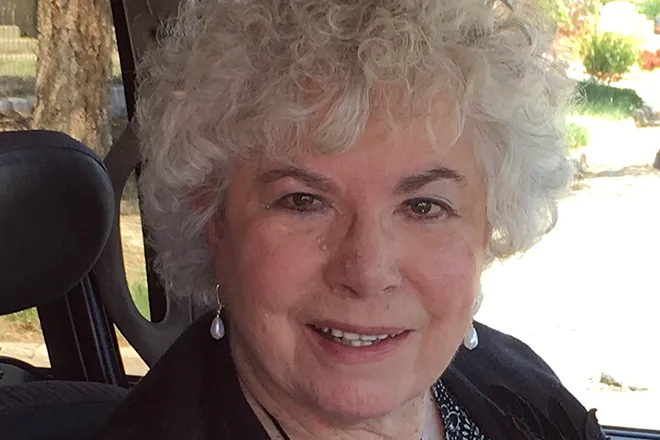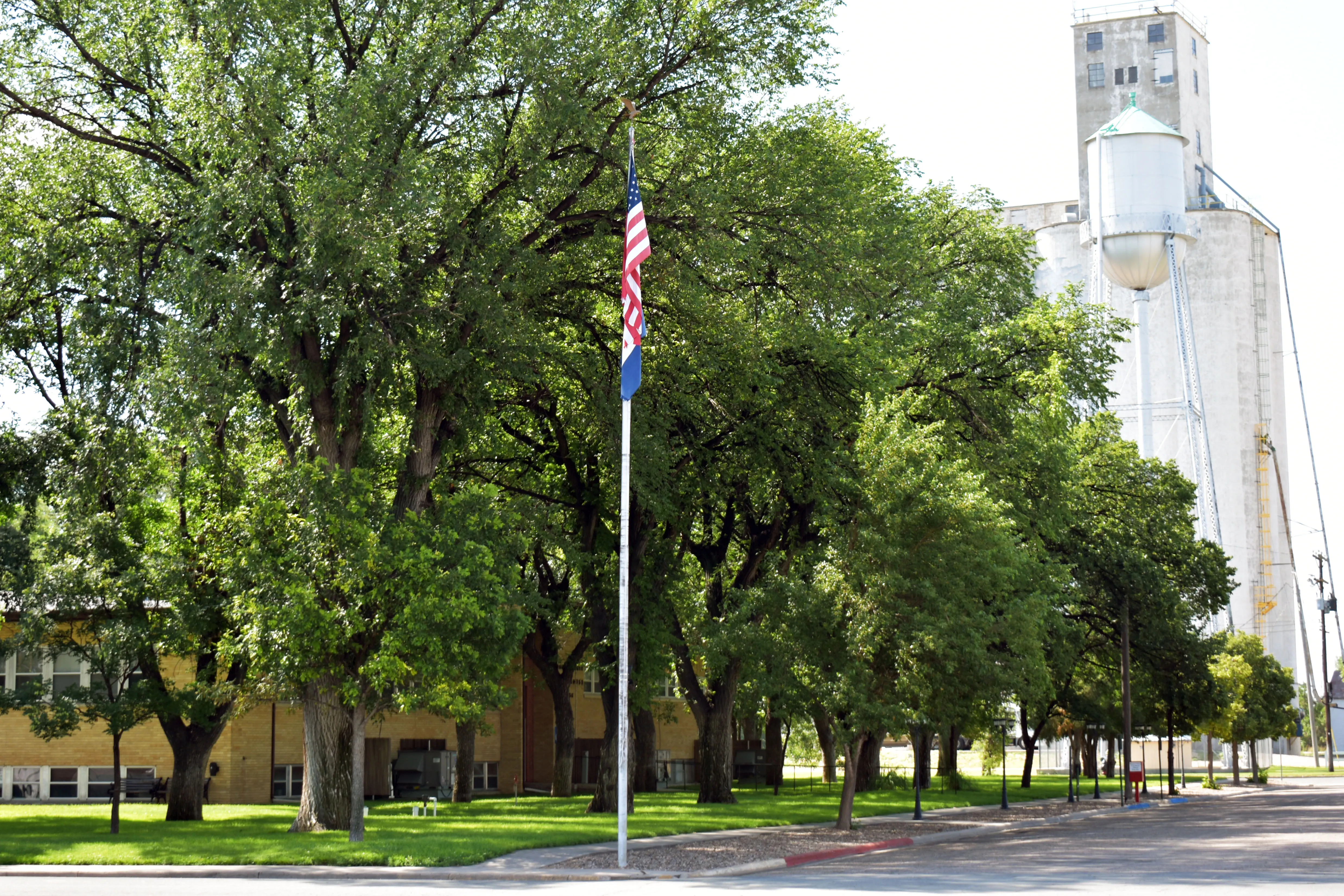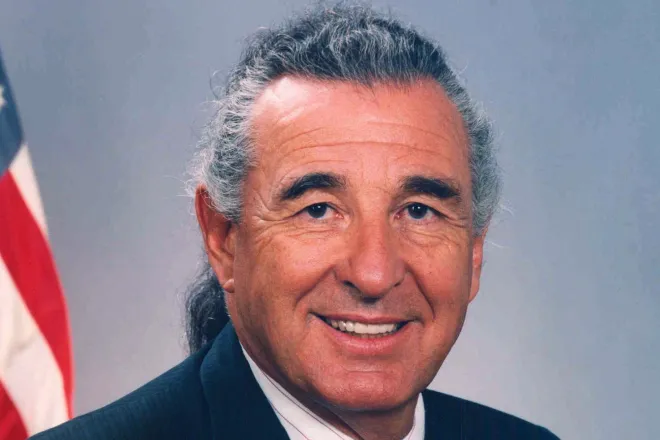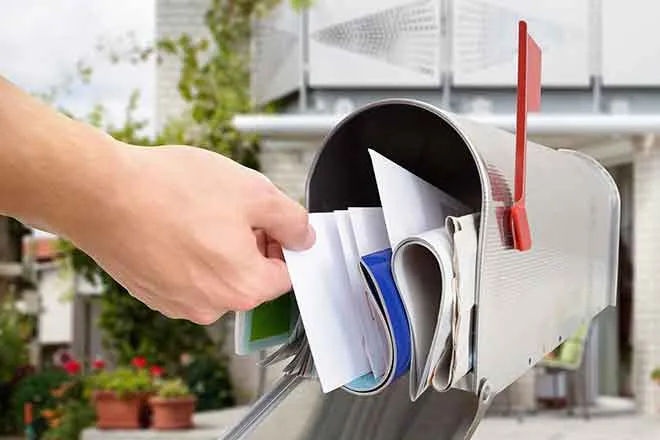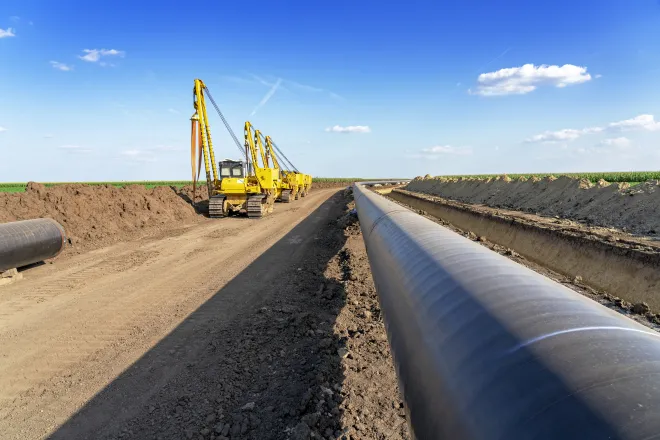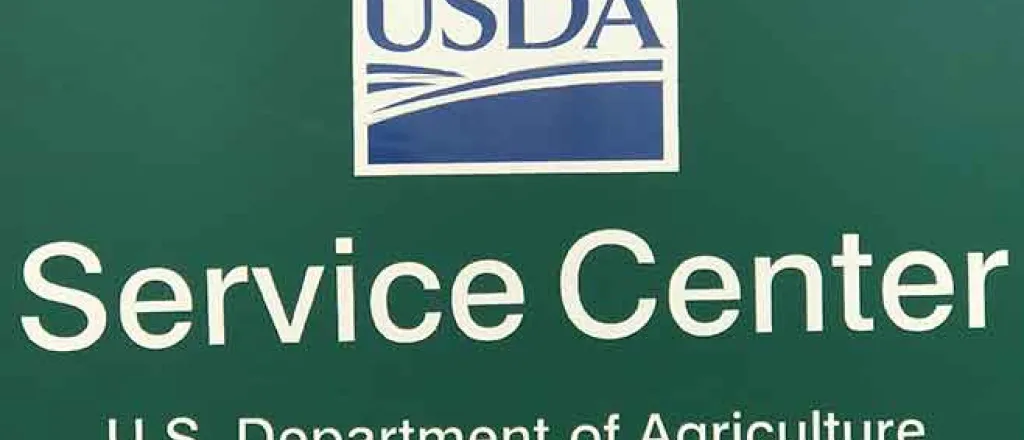
USDA Update - March 8, 2022
IMPORTANT DATES TO REMEMBER:
- MARCH 11, 2022 - CRP NEW OFFER DEADLINE - SEE ARTICLE BELOW
- MARCH 15, 2022 - 2022 ARCPLC ELECTION AND ENROLLMENT DEADLINE
- MARCH 15, 2022 - DEADLINE TO REPORT COVER CROP
- MARCH 15, 2022 – DEADLINE TO PURCHASE NAP POLICY- SPRING PLANTED CROPS.
Disclaimer: Information in this UPDATE is pertinent to Kiowa County FSA only. Producers reading this and that do not have FSA interest in Kiowa County are advised to contact their local FSA Office.
THE USDA SERVICE CENTER HAS A DROP BOX AVAILABLE ON THE EAST SIDE OF THE BUILDING.
CRP SIGNUP 58 UPDATE
APPOINTMENTS ARE SCHEDULED
Signup is finally back on track. The office has sent out information to the contact producer on expiring CRP contracts informing them of the FSA offered rental rate and the total Environmental Benefit Index (EBI) score for the tract of land expiring 9-30-2022. There was no change to offered rental rates. The cover letter sent with that information also has the date and time for the scheduled appointment. The cover letter also has the following information concerning the signup deadline.
IMPORTANT: The deadline for signup has not been extended; however FSA has received notification that offers can be accepted after March 11th through April 1st.
INITIATED OFFER
Producers who are wanting to offer CRP that has expired, expiring or new land into CRP must contact the FSA office no later than Friday, March 11th. All initiated offers must be in FSA software by EOD on March 11th.
NOTE: initiating an offer is not submitting an offer.
CRP SIGNUP PROCESS
The office gets questions frequently on the CRP signup process. The signup process is as follows;
- Producer notifies FSA office of the tract(s) they wish to offer into CRP.
- Eligible participant submits an offer by signing the CRP-1 contract and CRP-2, worksheet. Only one signature is required to submit an offer.
- All submitted offers are ranked by the National Office.
- County Office is notified of accepted/rejected offers. FSA County office notifies all producers of results.
- Producers with accepted offers determine to move forward with the offer or withdraw the offer.
- Producers who determine to move forward; NRCS begins work on conservation plan with the participants.
- All participants sign the conservation plan. This is the last opportunity to withdraw the offer.
- October 1,-2022 the new contract takes effect. First annual rental payment will be issued after October 1, 2023.
Five Facts About the United States Drought Monitor
This is likely no surprise to you, but drought persists across the western U.S. and is intensifying in some areas. No geographic area is immune to the potential of drought at any given time. The U.S. Drought Monitor provides a weekly drought assessment, and it plays an important role in USDA programs that help farmers and ranchers recover from drought.
Fact #1 - Numerous agencies use the Drought Monitor to inform drought-related decisions.
The map identifies areas of drought and labels them by intensity on a weekly basis. It categorizes the entire country as being in one of six levels of drought. The first two, None and Abnormally Dry (D0), are not considered to be drought. The next four describe increasing levels of drought: Moderate (D1), Severe (D2), Extreme (D3) and Exceptional (D4).
While many entities consult the Drought Monitor for drought information, drought declarations are made by federal, state and local agencies that may or may not use the Drought Monitor to inform their decisions. Some of the ways USDA uses it to determine a producer’s eligibility for certain drought assistance programs, like the Livestock Forage Disaster Program and Emergency Haying or Grazing on Conservation Reserve Program acres and to “fast-track” Secretarial drought disaster designations.
Fact #2 - U.S. Drought Monitor is made with more than precipitation data.
When you think about drought, you probably think about water, or the lack of it. Precipitation plays a major role in the creation of the Drought Monitor, but the map’s author considers numerous indicators, including drought impacts and local insight from over 450 expert observers around the country. Authors use several dozen indicators to assess drought, including precipitation, streamflow, reservoir levels, temperature and evaporative demand, soil moisture and vegetation health. Because the drought monitor depicts both short and long‐term drought conditions, the authors must look at data for multiple timeframes. The final map produced each week represents a summary of the story being told by all the pieces of data. To help tell that story, authors don’t just look at data. They converse over the course of the map-making week with experts across the country and draw information about drought impacts from media reports and private citizens
Fact #3 - A real person, using real data, updates the map.
Each week’s map author, not a computer, processes and analyzes data to update the drought monitor. The map authors are trained climatologists or meteorologists from the National Drought Mitigation Center at the University of Nebraska-Lincoln (the academic partner and website host of the Drought Monitor), the National Oceanic and Atmospheric Administration and USDA. The author’s job is to do what a computer can’t – use their expertise to reconcile the sometimes-conflicting stories told by each stream of data into a single assessment.
Fact #4 - The Drought Monitor provides a current snapshot, not a forecast.
The Drought Monitor is a “snapshot” of conditions observed during the most recent week and builds off the previous week’s map. The map is released on Thursdays and depicts conditions based on data for the week that ended the preceding Tuesday. Rain that falls on the Wednesday just before the USDM’s release won’t be reflected until the next map is published. This provides a consistent, week‐to‐week product and gives the author a window to assess the data and come up with a final map.
Fact #5 – Your input can be part of the drought-monitoring process.
State climatologists and other trained observers in the drought monitoring network relay on-the-ground information from numerous sources to the US Drought monitor author each week. That can include information that you contribute.
The Drought Monitor serves as a trigger for multiple forms of federal disaster relief for agricultural producers, and sometimes producers contact the author to suggest that drought conditions in their area are worse than what the latest drought monitor shows. When the author gets a call like that, it prompts them to look closely at all available data for that area, to see whether measurements of precipitation, temperature, soil moisture and other indicators corroborate producer-submitted reports. This is the process that authors follow whether they receive one report or one hundred reports, although reports from more points may help state officials and others know where to look for impacts.
There are multiple ways to contribute your observations:
- Talk to your state climatologist - Find the current list at the American Association of State Climatologists website.
- Email - Emails sent to droughtmonitor@unl.edu inform the USDM authors.
- Become a CoCoRaHS observer - Submit drought reports along with daily precipitation observations to the Community Collaborative Rain, Hail & Snow Network.
- Submit Condition Monitoring Observer Reports (CMOR) - go.unl.edu/CMOR.
For more information, read our Ask the Expert blog with a NDMC climatologist or visit farmers.gov/protection-recovery.
NAP DEADLINE – MARCH 15
The 2022 application for coverage for spring seeded crop deadline for NAP eligible crops is fast approaching. Interested producers must apply for coverage using FSA form CCC-471, “Application for Coverage,” and pay the applicable service fee by Tuesday, March 15, 2022, at the FSA office where their farm records are maintained. These must be filed by the application closing date. Closing dates vary by crop, so it is important to contact your local FSA office as soon as possible to ensure you don’t miss an application closing date. At the time of application, each producer will be provided a copy of the NAP Basic Provisions, which describes how NAP works and all the requirements you must follow to maintain NAP coverage. NAP participants must provide accurate annual reports of their production in non-loss years to ensure their NAP coverage is beneficial to their individual operation.
Producers are required to pay service fees which vary depending on the number of crops and number of counties your operation is located in. The NAP service fee is the lesser of $325 per crop or $825 per producer per administrative county, not to exceed a total of $1,950 for a producer with farming interests in multiple counties. Premiums also apply when producers elect higher levels of coverage with a maximum premium of $15,750 per person or legal entity depending on the maximum payment limitation that may apply to the NAP covered producer. The service fee can be waived for beginning, socially disadvantaged, qualifying veteran, and limited resource farmers and rancher. These farmers and ranchers can also receive a 50 percent reduction in the premium.
KIOWA COUNTY FARM SERVICE AGENCY COUNTY COMMITTEE
- Sean Harkness – LAA 1 – East area – Committee Chairperson
- Destiny Haase - LAA 2 – Central area – Committee Vice-Chairperson
- Michael Zimmerman – LAA 3 – West area – Committee Regular Member
USDA SERVICE CENTER CONTACT INFORMATION
409 E Lowell Ave.
PO Box 188 – Eads, CO 81036
Telephone 719-438-5851 FSA (Ext 2), NRCS (Ext 3). FSA Fax number: fax2mail 844-332-7501
FSA - Farm Service Agency
- Dawna Weirich – CED dawna.weirich@usda.gov
- Charla Ferris – PT charla.ferris@usda.gov
- Brandi Nevius – PT brandi.nevius@usda.gov
NRCS – Natural Resource Conservation Service
- Scott Smith – Team Resource Leader 719-767-5648 ext. 3 scott.smith3@usda.gov - Cheyenne Wells
- Steve Schmidt – steven.schmidt2@usda.gov Eads Office
- Marty Miller - marlin.miller@usda.gov Eads Office
- Kathleen Johnson – kathleen.johnson@usda.gov Eads Office
KIOWA COUNTY FARM LOAN CONTACT INFO – CALL FOR AN APPOINTMENT
Telephone 719-336-3437 (ext2)
Mary Rhoades, mary.rhoades@usda.gov,
Nicole Lubbers, nicole.lubbers@usda.gov
SERVICE CENTER OFFICE HOURS:
Monday through Friday - 8:00 a.m. to 4:30 p.m.
RECEIVE USDA INFORMATION
Visit website www.Farmers.gov for up-to-date information for FSA/NRCS programs.
Receive text messages - Text COKiowa to FSANow (372-669) to subscribe.
Not currently available in Colorado.
Subscribe to GovDelivery emails: Visit www.fsa.usda.gov/subscribe or contact your local FSA Office.
For information on programs visit our website located at www.fsa.usda.gov or like us on Facebook or follow us on Twitter. USDA is an equal opportunity employer.





